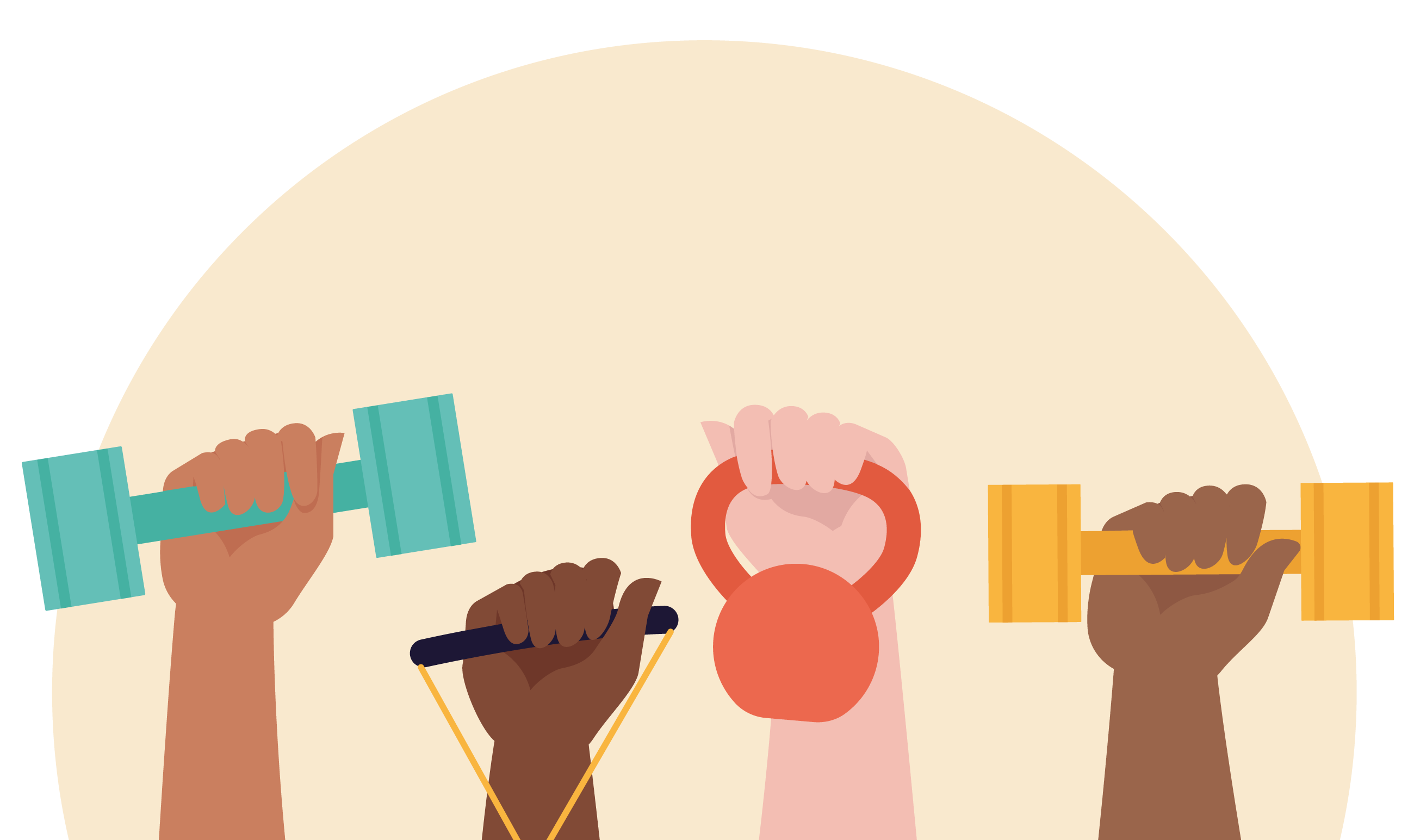Around the world, cash transfer programs are being rolled out by governments to mitigate economic hardship brought on by the ongoing pandemic. In Pakistan, the Ehsaas Emergency Cash Program was introduced in April and rolled out to four groups of beneficiaries, largely relying on mobile phone registrations and requiring a national ID to register. Due to large gender gaps in mobile phone ownership and national ID possession, women are at risk of being disproportionately excluded from the program. Using data from the 2018 Financial Inclusion Insights survey in Pakistan, we use the gender gap in mobile phone and ID possession to estimate the potential gender breakdown of cash recipients. Despite the program’s design guaranteeing women will make up at least 25 percent of recipients, we estimate that women will only make up 43 percent of recipients overall. This means that up to 78 per- cent of women in poverty will be excluded as direct recipients of Ehsaas Emergency Cash payments. If women do indeed have less access to the program, then overall economic gender equality may regress as a result of the pandemic and associated response efforts. To address this, the Pakistani government should ensure more women are able to access the Ehsaas Emergency Cash Program, potentially by reserving more slots for women or prioritizing women’s registrations.
Bourgault, S. and O’Donnell, M. (2020). Women’s Access to Cash Transfers in Light of COVID-19: The Case of Pakistan. Centre for Global Development






